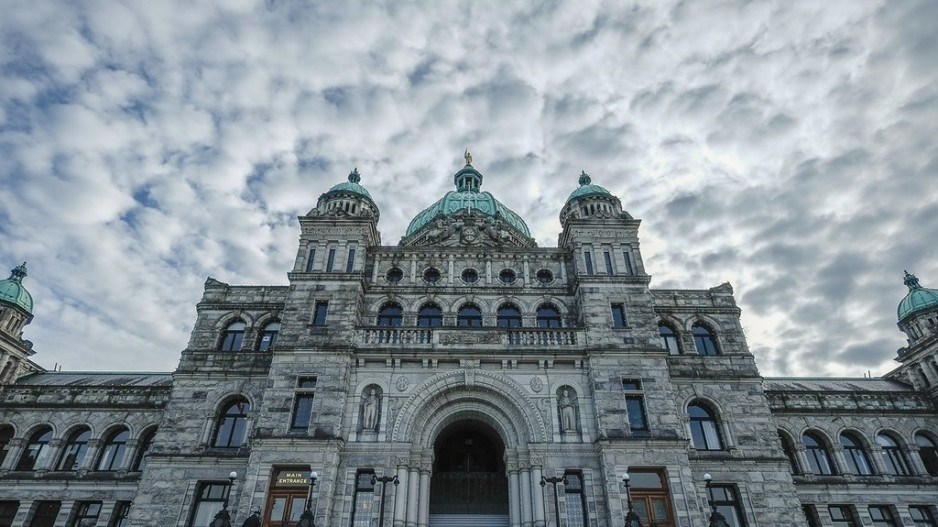sa国际传媒, sa国际传媒 and the province’s First Nations Leadership Council have, for the first time ever, agreed on what sa国际传媒’s economic future should look like.
It is, undoubtedly, a milestone worth celebrating, especially following decades of milquetoast industrial strategies that provided little more than lip service to the demands of an increasingly low-carbon world, though a few questions linger.
The catalyst for these discussions was the federal government’s Regional Resource and Energy Table initiative, in 2022, which seeks to collaborate with provinces and Indigenous partners on areas of shared interest, creating sustainable jobs aligned with sa国际传媒’s climate ambitions.
sa国际传媒, sa国际传媒 and the First Nations Leadership Council should be commended for getting the country’s first tripartite work plan across the finish line. In particular, the plan focuses on growing sa国际传媒’s economy in the areas of critical minerals, electrification, clean fuels and hydrogen, forest products and carbon management. It also specifically addresses the need to move projects through regulatory processes more quickly if sa国际传媒 is to be globally competitive in seizing market share in a net-zero world.
A study by Clean Energy sa国际传媒 projects there will be over 400,000 clean energy jobs in the province by 2050, up from 83,000 in 2025 – a growth rate of six per cent per year. The fastest growing industry within this broader sector would be hydrogen fuel cell production (with companies like Ballard Power, Loop Energy and Cellcentric, sa国际传媒 the “Silicon Valley of the hydrogen fuel cell”), while jobs in renewable power generation – like new wind, solar and hydropower – are set to more than quadruple.
Prior to Premier David Eby’s administration, natural gas development had been a primary, if unstated, economic goal of every premier since 2001. The Regional Resource and Energy Table, however, is a new animal, challenging the status quo with a focus instead on sa国际传媒’s desired economic destination. And while the work plan remains light on details and funding, it’s what’s missing that’s most significant.
Nowhere in the document is natural gas or LNG mentioned as a priority sector. Acknowledging, albeit implicitly, the writing on the wall that natural gas is not sa国际传媒’s economic future is the right path. Indeed, the average price of natural gas in 2023 is almost 26 per cent than it was from 2010 to 2020. Globally, LNG prices have from US$71 last August to US$9 today, and that may not even be the bottom. This is not the time to bet sa国际传媒’s economy on a sector that the International Energy Agency projects will globally as early as 2030.
But old habits are hard to break, and questions remain regarding the province’s commitment to building a new economy.
There is no doubt that the government's CleanBC climate plan is among the strongest in North America, and Premier Eby’s instructions to his cabinet have been clear: sa国际传媒 must be a clean energy leader. Furthermore, sa国际传媒 is making many of the necessary investments to advance the transition. On fossil fuels, the premier’s energy action is a thoughtful approach to natural gas development and export.
Out of the spotlight, however, a different story emerges. sa国际传媒’s news on the premier’s May trip to Asia talks up clean energy, clean technology and critical minerals. No mention of fossil fuels. But the Japanese on the exact same meetings states: “Both parties shared the importance of ensuring their collaboration on LNG investment and gas development.”
Former premier John Horgan was able to have his cake and eat it, as LNG sa国际传媒’s Phase 1 project fit into sa国际传媒’s climate plan and was timed to seize a short demand window over the next decade. Premier Eby has run out of LNG runway. There is little room in sa国际传媒’s climate plan for new fossil fuel projects, and planned projects will not come onstream well into the 2030s, missing the last LNG hurrah. It’s time for his government to acknowledge that it needs to build up the industries that will replace natural gas.
This means winding up tax holidays and subsidies for the fossil fuel industry, which the provincial government has to do. There are only so many financial incentives to go around, and sa国际传媒 should invest in industries that will be growing a decade from now.
As the saying goes: “What’s in the window needs to be in the store.” sa国际传媒 has outlined a vision for its future, and the province must now ensure it remains focused on the prize – and not swayed by special interests or legacy thinking.
Mark Zacharias is the executive director of Clean Energy sa国际传媒.



